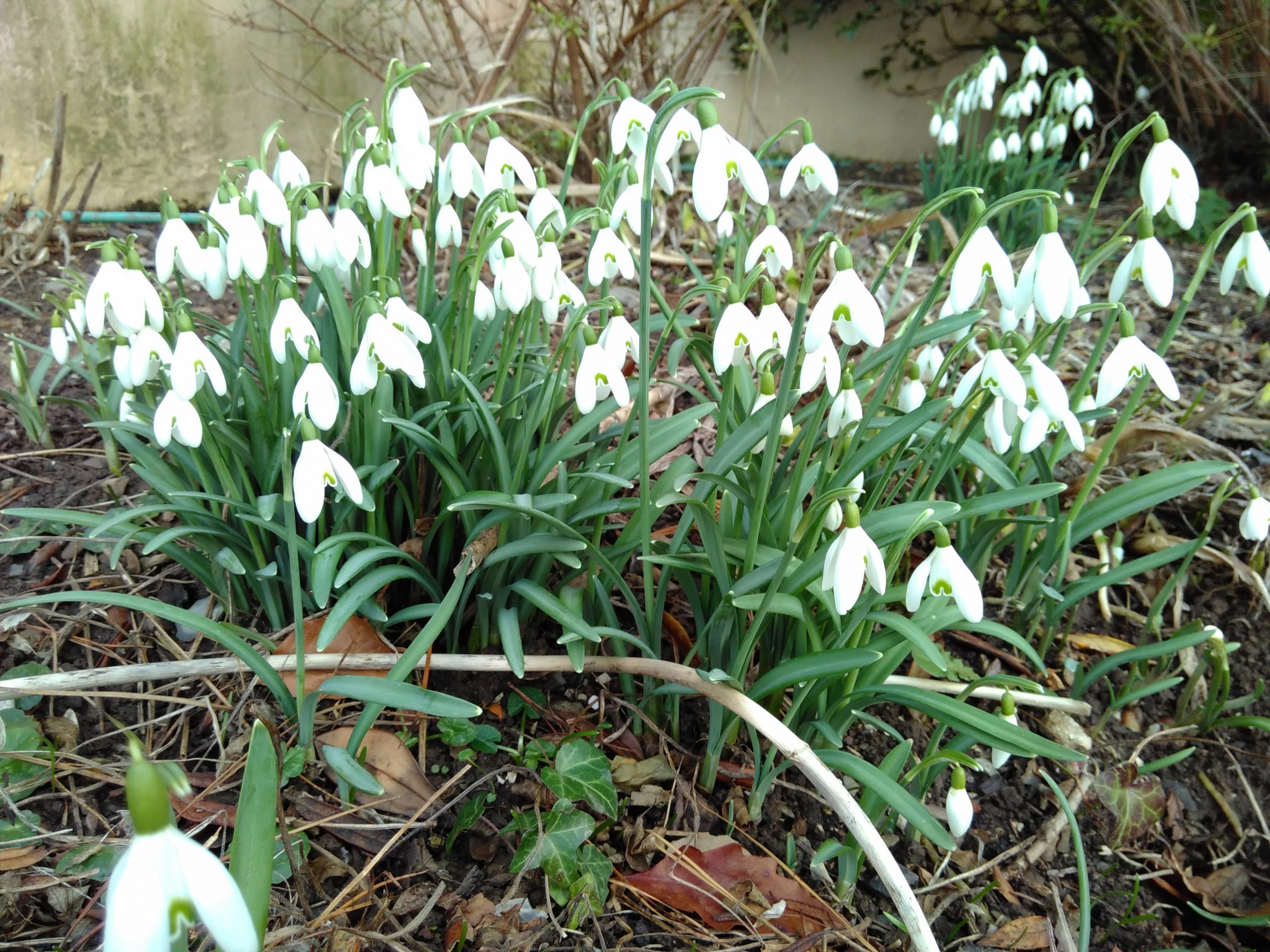
© Ruth Bancewicz
If all creation praises God, as it says in the Psalms, how can we join in? This is something that Rachel Oates, has thought about quite deeply over her years as the Environmental Coordinator at Lee Abbey. I met up with Rachel a few weeks ago when I was leading a conference at Lee abbey, and she led a ‘praying with creation walk’ as part of that week. Here, she explains the thinking behind the concept.
I know you started off as a civil engineer, so how did you end up at Lee Abbey?
I got into civil engineering because I like making things – I built stuff with Lego when I was a kid – and I wanted to help make the world a better place. Then I began to realise that climate change and over use of resources was affecting the world we live in, and affecting poor people more than us as rich folk who can afford to find a technological fix. I began to feel that the job I was doing as a civil engineer, working here in the UK designing bridges and buildings, was good but it was missing the point somewhere along the line.
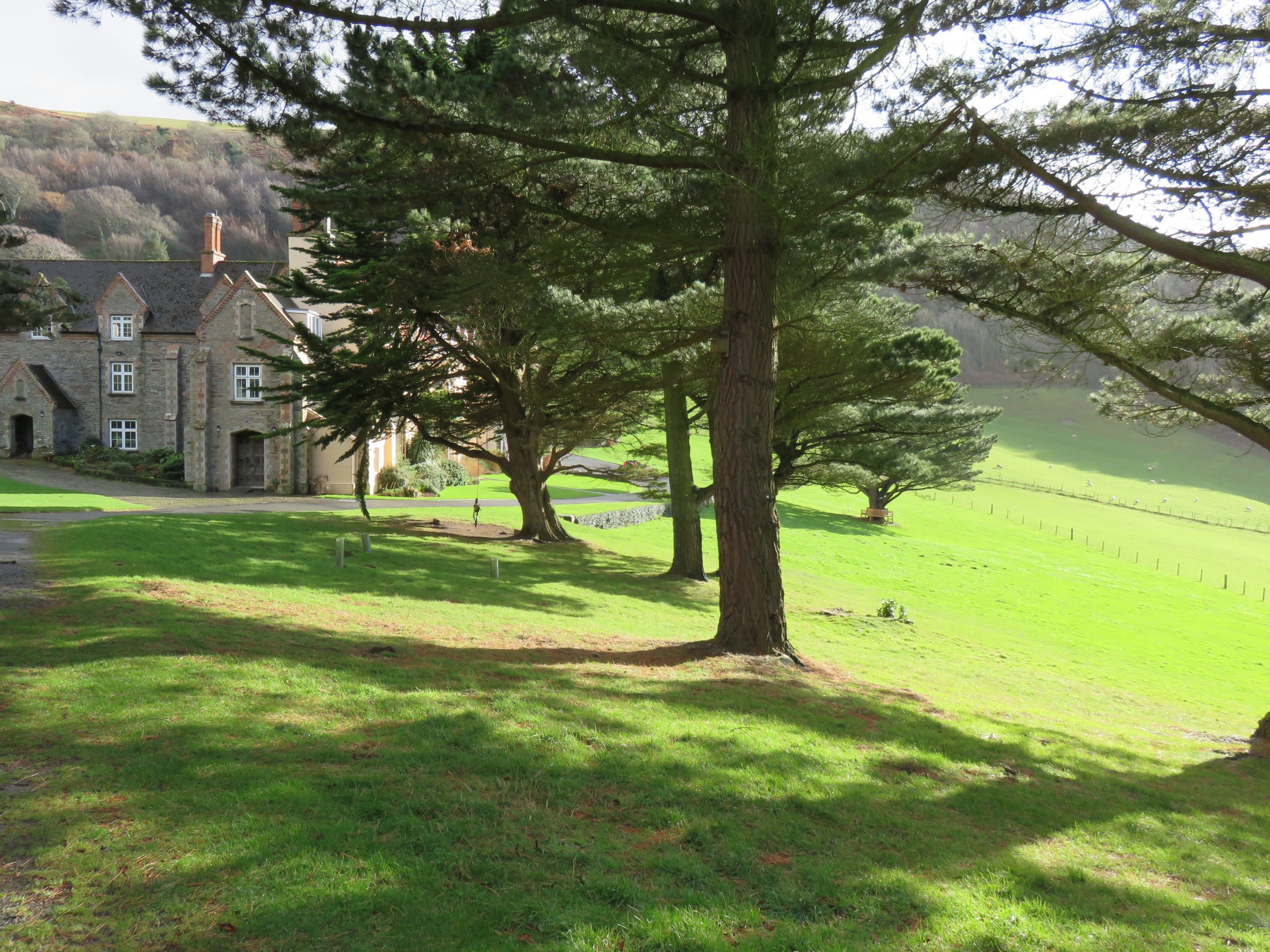
Lee Abbey © Ruth Bancewicz
I’d started to visit Lee Abbey as a guest. I used to help out on their estate working parties where you go and help with jobs around the woodlands and the fields, maintaining the footpaths or building dry stone walls, gardening, and that kind of thing. I used to really enjoy it and I heard about their vision to build a hydroelectric plant to generate some of their own electricity from renewable resources. As a civil engineer I thought that would be amazing, I’d love to help with that. Then I got back home and got on with life, and a while later I saw they had an advert on their website for the post of environmental coordinator. Looking through it, it was just my dream job to think about reducing their carbon footprint, building their hydroelectric plant, and also teaching the guests and community members about wildlife, to look after creation and the world we live in, and monitoring some of the wildlife on their amazing estate.
So you are not just interested in dams and hydroelectrics, your interests go way beyond that into nature as well?
I’ve always loved being outside, and being part of the natural world. Even when I lived in Bristol city centre I used to have an allotment and try and get out and be close to the soil, being aware of things that are around me. One time I remember watching an adult ladybird emerging from its chrysalis: these bright orange crinkly wing casings starting to spill out and harden and curve into the normal ladybird shape. It was just breath-taking watching this, it felt like such a privilege to have that moment of being part of seeing something so special. I am not an expert, I’ve learned so much at Lee Abbey about the natural world with the opportunity to roam there on the estate looking at tiny things, getting to know the woodland, the beaches. It has been amazing to learn about anything and everything, from bats through to lichens, and to start to understand it all a bit better.
That sounds very idyllic! I know it was very hard work as well, but did your time at Lee Abbey change you in any way, or the way you looked at the world?
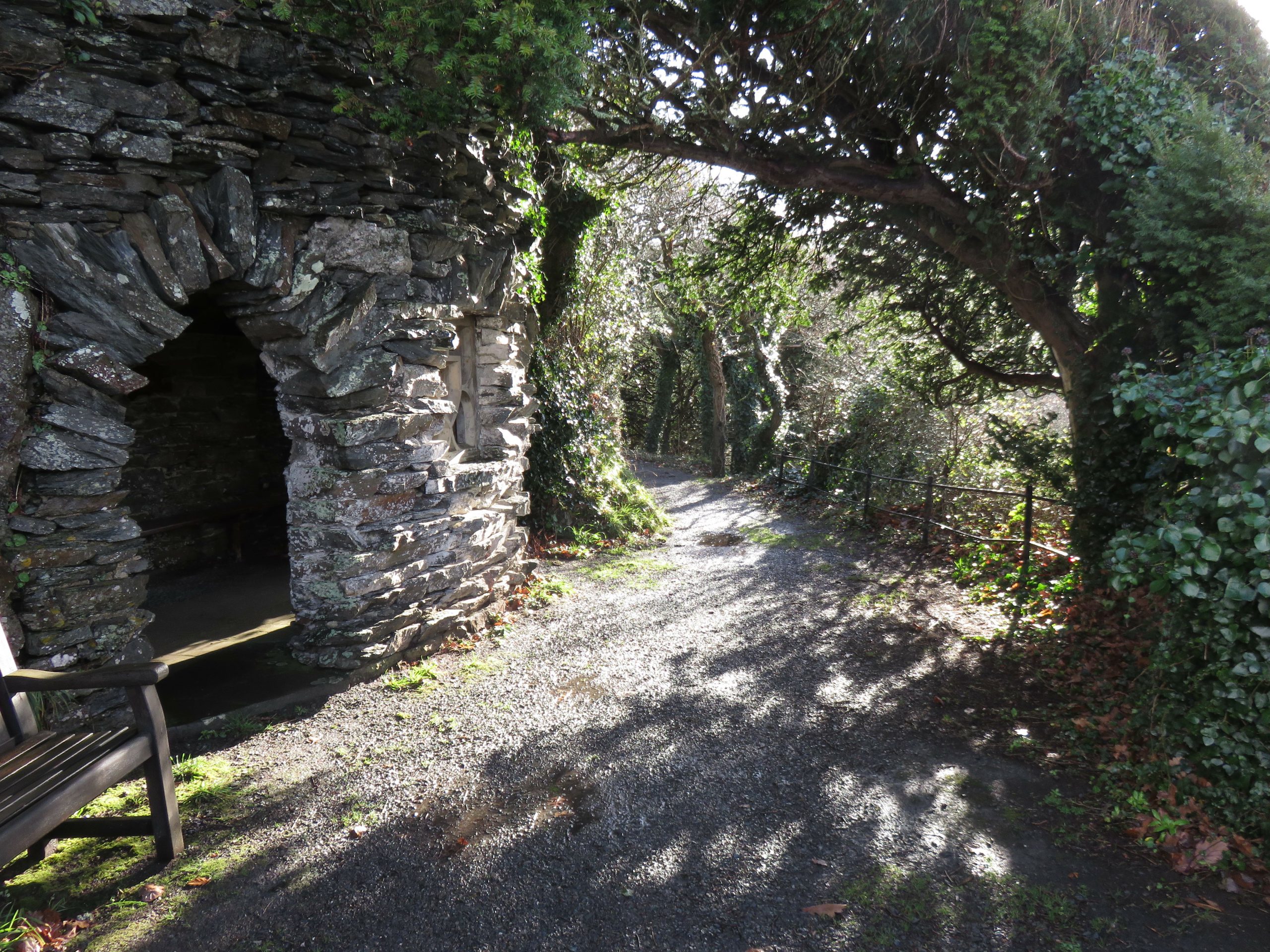
Lee Abbey © Ruth Bancewicz
I’d always lived in suburban areas, but Lee Abbey really is in the middle of nowhere. Living in really close proximity to the not-human bits of the world opened my eyes to see our world not as something just for human personal benefit and enjoyment, but as something that has an importance in its own right. Somehow just being closer to it all showed me that creation is holy because God made it, he loves it, and he created it in a way that it can reproduce, flourish, and evolve. Seeing that up close and personal for the first time was fantastic. Lee Abbey is a hotel-conference centre, but it is run by a community of Christians from all over the world who live there all the time. The community offers hospitality to the guests, but it struck me that creation is a diverse community that offers humans hospitality, if you like. It’s important that we don’t abuse that hospitality, that we learn to value and nurture it, and also recognise that we are part of it. We exist within creation, and that really came home to me in my time at Lee Abbey.
That’s a real shift in perspective, and it sounds like a privilege to learn that over the years. When I met you most recently it was in February at a week called ‘Celebrating and Caring for Creation’ that Bob White from Faraday and I led there. During that week you led us on a ‘Praying with Creation’ walk. How did that idea come about?
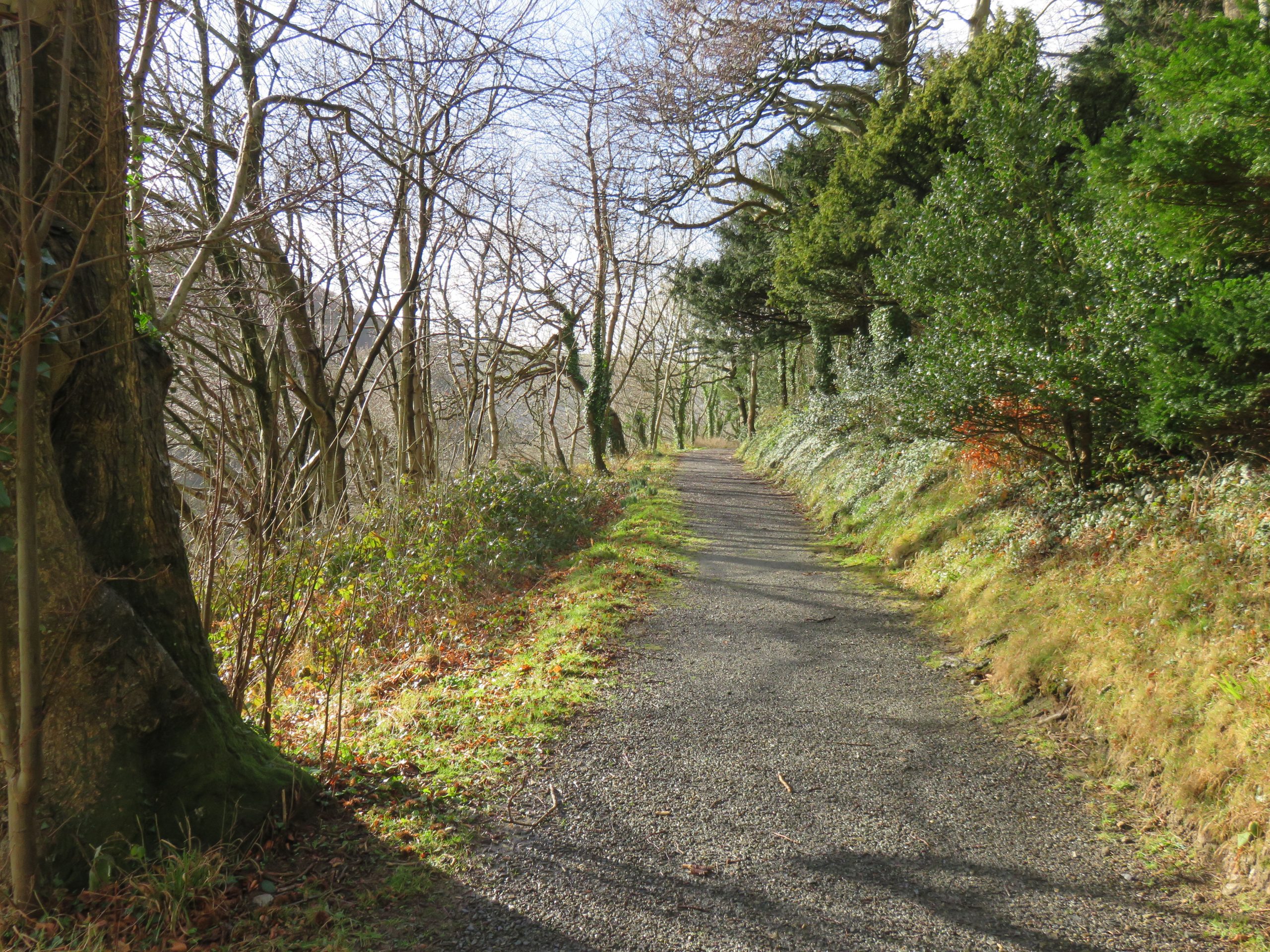
Lee Abbey © Ruth Bancewicz
It was a process, really. As I started to get to know the Lee Abbey estate over the year when I first arrived, I was finding that when I went out to look around the estate to monitor wildlife, or to go for a walk, it was getting easier and easier for me to connect with God when I was outside surrounded by creation, compared to when I was inside the building with the standard forms of worship, singing and praying and being part of services. I started to feel that it wasn’t just me who was trying to communicate with God somehow but the natural world, creation around me was also in some kind of interaction with God, its creator. And I began to realise that creation is in constant… not exactly communication, not in words… Trees can’t talk obviously, it’s not that trees have got a spirit inside them – that’s not what I’m thinking. But somehow the tree-ness of it expresses something of its relationship with God, even though that is not the kind of relationship that a human can have with a human.
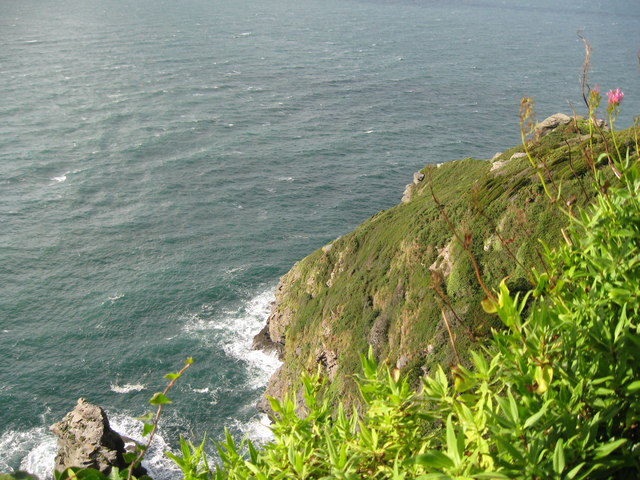
Jenny’s Cove viewpoint 4 – Lee Abbey, North Devon © Martin Richard Phelan. Geograph (CC BY-SA 2.0)
I was thinking that in our urban surroundings we’ve become blind and deaf to how creation exists in relationship with God. I can remember one day standing in the woods at Lee Abbey, on the steep hillside with these woods that go down to the sea, and it was windy. All of a sudden I realised that this noise of the tree branches clacking and cracking against each other…in the Psalms in the Old Testament it talks about ‘the trees of the fields clap their hands’, and I’ve never understood that before. All of a sudden it fell into place that the trees, somehow in doing what trees do when they respond to the wind, that was part of communication with God. I wanted to be part of that. I wanted to understand more how an oak tree in a field that can spread its branches wide – how that is praise, and maybe how a butterfly that has woken up too early from hibernation (I saw one a couple of weeks ago in early February) and there’s no nectar and it is fluttering and it’s probably going to die – how that is a kind of lamentation for the things that are wrong about the world because humans don’t look after it as well as we should.
It seemed to me almost as if there was this language I could hear whispering around me that I couldn’t quite understand, and I wanted to try and join in with it. At the same time, I came across an article in a Christian magazine about something called forest church, which seems to be trying to do a similar thing – to learn how to pray and worship God as part of this wider community of creation, rather than just as human beings. I thought, “Well what can I do? How can I do this? How can I get out in it?” I started going out on my own initially, and then I started to take small groups of people with me to see what we could find and how we could join in with what we thought creation might be trying to do.
Having been in that group doing that with you, but it was a very unique and thought-provoking experience to do that. Presumably it’s not just about me going and having a lovely experience, though. What’s your impression about what we’re giving when we do that?
I think it’s that deeper understanding and deeper connection with creation, and beginning to realise that creation has an intrinsic value to God. What we put back in then is that understanding, and from that hopefully more of a respect and a love for creation that flows out into the way we treat it. It’s not saying, “Well I’m not going to cut the grass because I want the grass to grow to its full potential”, because that might be a bit crazy. It’s turning around at times and saying, “Well hang on if I do x, then y and z are going to have a knock on effect. I’m not going to drop plastic bags, because an animal in the wild is going to eat it and it can kill them”. It’s recognising that we have an effect on what goes on around us, because of getting to know creation better and building some kind of relationship that is on a more mutual, equal footing somehow. It’s hard to explain, because I haven’t worked it all out yet.
That sounds like the subject of a lifetime’s worth of research!
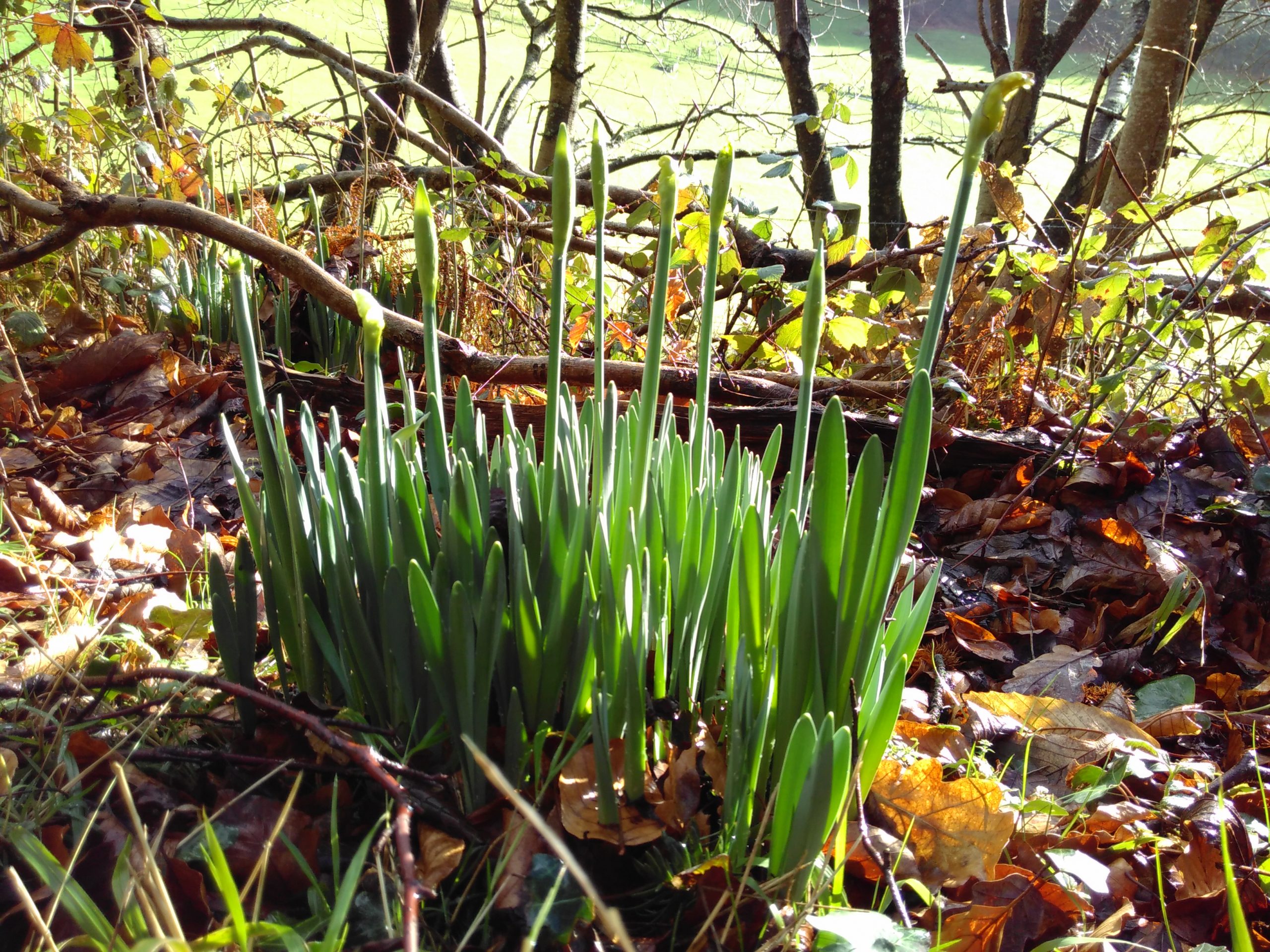
Lee Abbey © Ruth Bancewicz
Yes, I wondered if I would get sick of the beauty but I never did in five years at Lee Abbey. There was always something different to see, and to experience and to connect in with. It demands patience – you need to wait. You can’t manufacture it – it’s about waiting to see and sense what creation is doing, so it’s not a verbal thing in the same way as normal prayer is.
What would you say to someone who may not understand your faith, or your love for the outdoors, who may be thinking “This does on the surface sound a little bit odd”. What would you say to reassure them that this is a perfectly normal part of Christian worship?
It can sound a bit odd to start with, I think. I think they could read the last few chapters of the Old Testament book of Job. There’s a long tradition, especially in the Old Testament, of people writing the most beautiful poetic essays about creation and the world around them. They were so observant and they may not have understood anything in scientific ways as we do now, but in terms of their observations of the natural world they obviously had a really good connection. Celtic Christianity, as well, has really deep roots in reverence to the created world – not worship of it.
I think what we find today is that you can sit in your insulated house with the double glazing shut and barely hear the birds. When you do, it’s a pain in the neck because the seagulls or the blackbirds wake you up when you’re trying to sleep. Or rain is a pain in the neck when you’re in the city because it’s just miserable and grey. Creation becomes a bit of an inconvenience to the life you’re living if you’re not careful, and you want to brush it away and get on with other things. Learning to take time out because there’s a beautiful sunset or a rainbow, or the privilege of watching parent blue tits feed their babies, gets anybody. You don’t have to be a Christian to experience something special in seeing the world doing what the world does.
I think if we as humans can rediscover some of that ancient wisdom, if you like, that doesn’t necessarily have a modern scientific background but has a truth to it, then there’s something very profound in there. Also as Christians we are seeking to get to know God better. We read the Bible because we believe that’s the word of God, but at the same time God also created creation. You can get to know the style of an artist by their work, so we recognise a Van Gogh or a Monet because they’re very distinctive. There are similar ways of learning about God and recognising him through his creative work in making the world around us, which I think give you some sign posts and pointers to knowing God.
Further information:
Other Resources for Outdoor Worship
Lee Abbey is a partner of the Christian conservation charity A Rocha
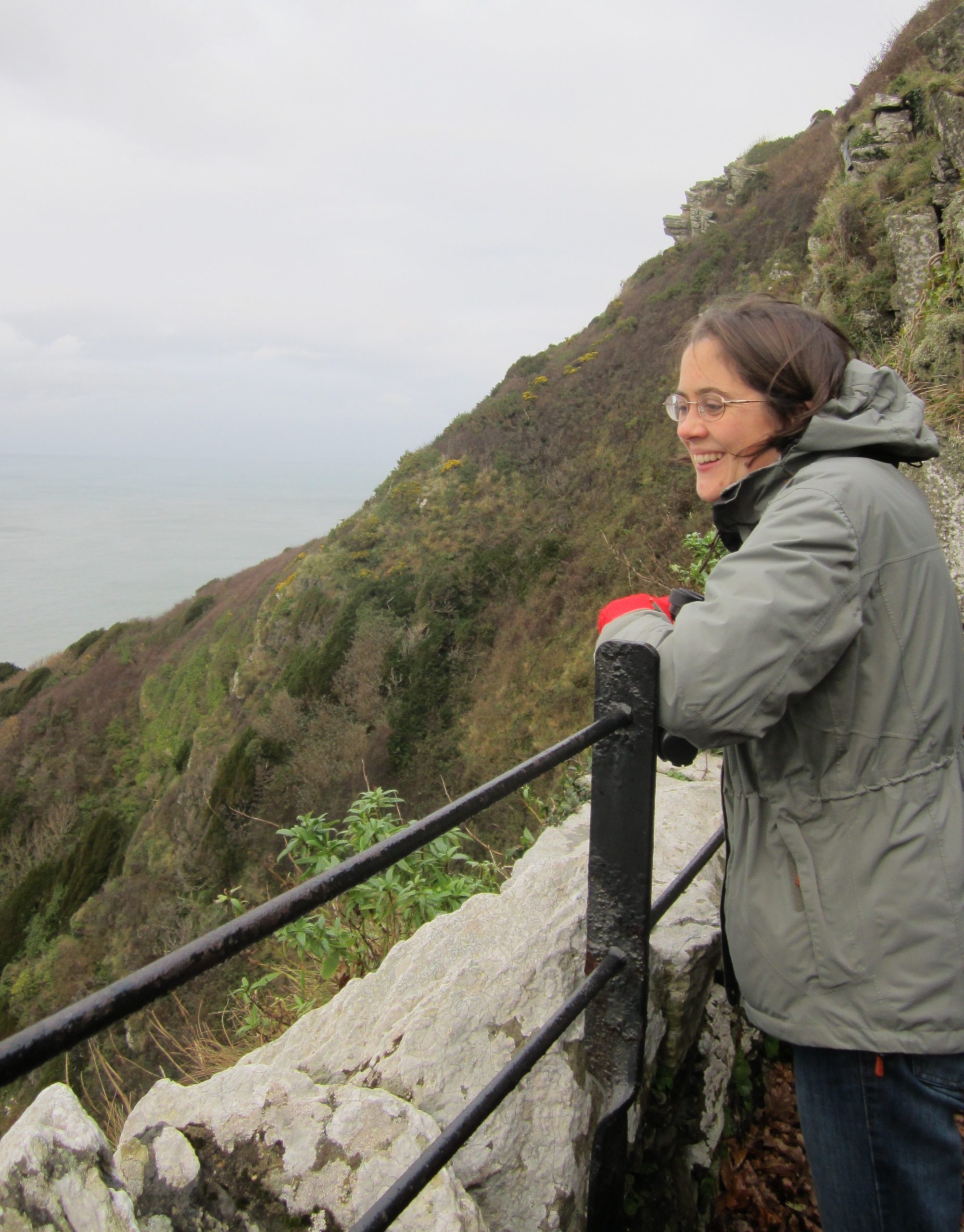
© Rachel Oates
A chartered engineer with a life-long love of wild things Rachel Oates mixes civil engineering with sustainability, environmental issues and living the Christian faith out in the real world. In 2012 she swapped a sensible career with an international design consultancy for the adventure of life on community at Lee Abbey in Devon, as their Environmental Co-ordinator. After five life-changing years at Lee Abbey she recently bid a fond farewell to the ruggedly beautiful Exmoor coast. Returning temporarily (she hopes) to urban life Rachel is currently enjoying a break and catching up on some eco-theology while watching for signs of spring in the city.




